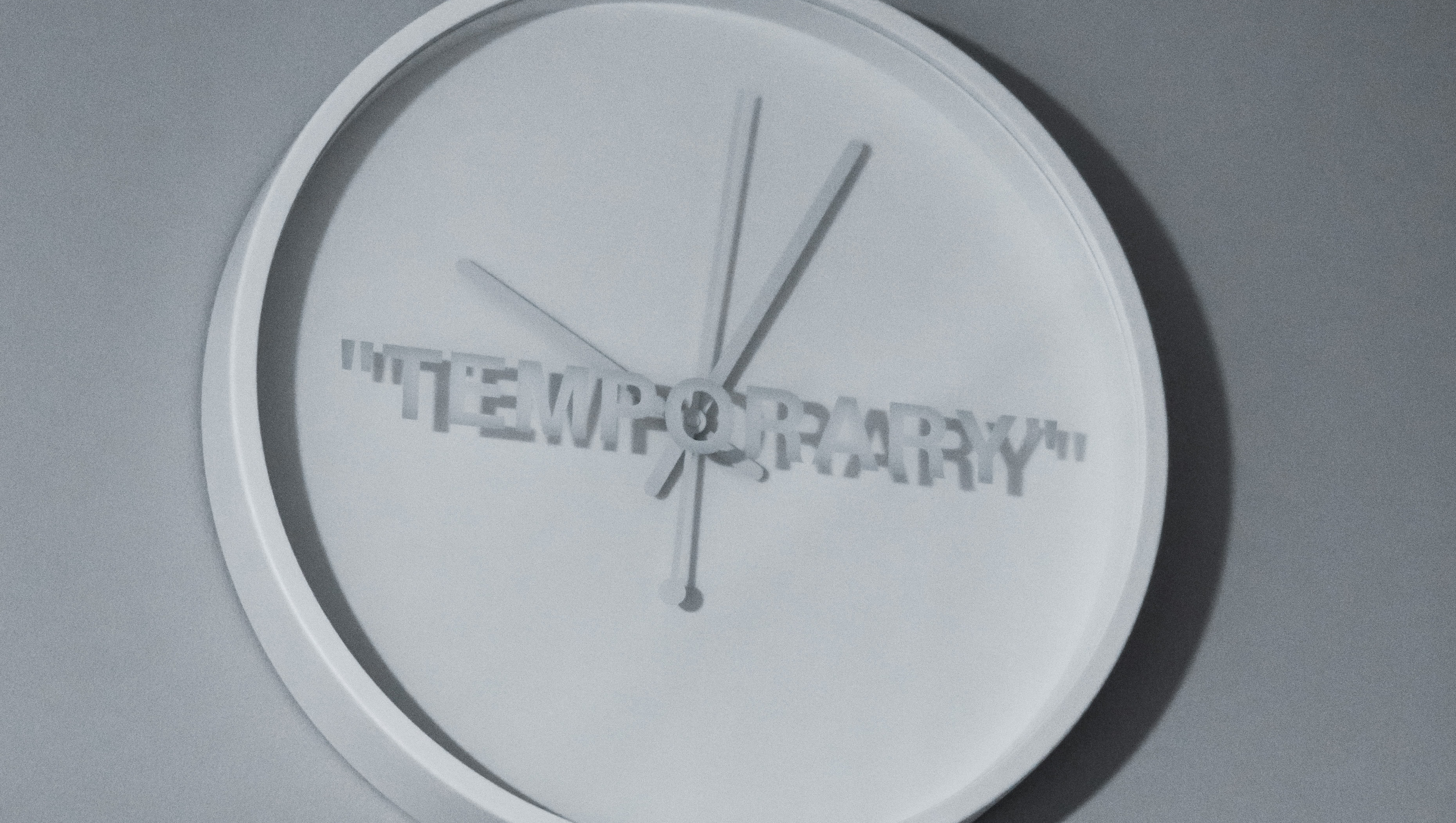Will the requirement to use Clinical Decision Support (CDS) finally become a reality? The current timetable for the penalty phase of the AUC/CDS rule calls for it to begin on the later of January 1, 2023, or the January 1 following the end of the COVID-19 public health emergency (PHE). The PHE has just been extended another 90 days into July 2022, with no end in sight although there are some indications that it could end this year. One source reports that the Administration will give 60 days’ notice before ending the PHE. With this uncertainty, it would be wise for practices to be ready just in case!
Appropriate Use Criteria (AUC) Penalty Phase Set to Begin on April 29, 2022
Categories: interventional radiology, clinical decision support, CDS, radiology, appropriate use criteria, AUC
On July 1, 2022, United Healthcare will begin to implement its Designated Diagnostic Provider (DDP) program for imaging facilities in certain states. According to United’s FAQ document, outpatient MRI/MRA, CT, PET, and nuclear medicine scans must be performed by a Designated Diagnostic Provider in order for members to have the lowest out-of-pocket cost. A member will pay more for services provided by non-DDP imaging facilities.
Categories: radiology, DDP, Designated Diagnostic Provider
One of the tools available to assist with the collection of unpaid patient balances is to report the debt to a credit reporting bureau. While typically used as a last resort, it has had the effect of ultimately achieving collection when the patient applies for a loan that requires them to clear up the open balances shown on the credit report. While most physician groups are compassionate and are willing to work with their patients to avoid credit bureau reporting, they are required by insurance laws to pursue collection of patient co-payments and coinsurance. With patient deductibles, copayments and coinsurance increasing in many plans, loss of revenue to the practice through non-collection has become a bigger concern over recent years.
Categories: patient collections, radiology, medical debt
When & How to Bill For Locum Tenens Services In The Radiology Practice on March 22, 2022
The workload of a radiology practice doesn’t diminish when one of the physicians is away, either on leave or due to termination, and one way to cope with the shortfall of staff is to use a temporary physician service. Understanding the proper procedures for billing locum tenens services is crucial for maintaining cash flow and regulatory compliance.
Categories: radiology billing, radiology, locum tenens
Coverage is Expanded for Lung Cancer Screening Using LDCT on February 16, 2022
The Centers for Medicare and Medicaid Services (CMS) has announced a shift in its eligibility criteria for coverage of lung cancer screening using low-dose CT (LDCT), thus joining other payers in adopting recommendations made by the US Preventive Services Task Force (USPSTF). In addition, CMS made other modifications to its eligibility criteria that will increase the ability of more people to obtain access to screening, effective February 10, 2022 with the posting of its Decision Memo.
Categories: low dose CT, radiology, lung cancer screening
Practical Implications of the No Surprises Act for Radiology Practices on February 12, 2022
The federal No Surprises Act (NSA) has been in effect for a few weeks and many practices are just now beginning to make adjustments to accommodate the law. The level of pro-active involvement might be different for practices working solely in a hospital system from those with a private office or imaging center.
Categories: radiology reimbursement, radiology, No Surprises Act, NSA
Coding Changes That Will Impact Radiology Practices In 2022 on January 24, 2022
Click here to read our 2025 code changes update article.
There are 249 new codes in Current Procedural Terminology[i] (CPT)® that are now in effect for 2022, plus 93 revised codes and 63 deleted codes. However, of all those changes relatively few will impact radiology practices.
Categories: radiology coding, IR coding, CPT codes, radiology
Understanding The Impact of The Medicare Fee Schedule For 2022 On Your Radiology Practice on January 17, 2022
Now that the final Medicare conversion factor (CF) for 2022 of $34.6062 has been established, following passage of the Protecting Medicare and American Farmers from Sequester Cuts Act, we can analyze the real impact that radiology practices can expect this year. We reported recently that the final CF is a 0.82% reduction from the 2021 rate. However, the CF is not the only factor that affects the Medicare fee schedule. CMS annually revises the pricing of various procedure codes due to changes in practice expense, which generally affects the Technical Component (TC) more than the Professional Component (PC). Accordingly, radiologists will see a different overall result for services in a private office or imaging center than they will for hospital services.
Categories: radiology reimbursement, medicare, medicare reimbursement, radiology, Medicare Physician Fee Schedule
Support Increases for Low-Dose CT Lung Cancer Screening on December 29, 2021
While The Centers for Medicare and Medicaid Services (CMS) is considering expansion of coverage for lung cancer screening, a new study shows the effectiveness of early detection in the reduction of lung cancer deaths. Dr. Raja Flores and his colleagues concluded that between 2006 and 2016, lung cancer deaths decreased by about 4% each year. “This decline has been driven by many factors, including smoking cessation, medical therapies, CT screening, and earlier therapeutic interventions,” they reported, and in the conclusion they state that, “our analysis suggests that decreased mortality is also associated with a diagnostic shift from later to earlier stage lung cancer.”
Categories: low dose CT, radiology, lung cancer screening
A Surprising Consequence of The No Surprises Act on December 10, 2021
The No Surprises Act (NSA) was designed to protect patients from receiving large medical bills from a physician or facility that does not participate in their insurance plan. It was to provide a mechanism whereby the providers could receive a payment from insurers that reflects a reasonable market price, with a dispute resolution process to be used when the parties were too far apart to reach an agreement. While this all sounds very reasonable and good for patients, it always seemed like the insurance companies could use the law as leverage to terminate existing agreements with providers who had negotiated high fee schedules and force them into lower-rate contracts. And that is exactly what is beginning to happen.
Categories: radiology reimbursement, radiology, surprise billing



%20Penalty%20Phase%20Set%20to%20Begin.jpg)









